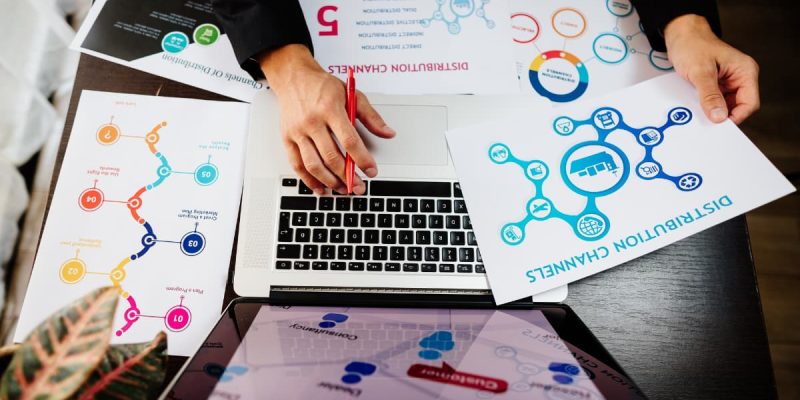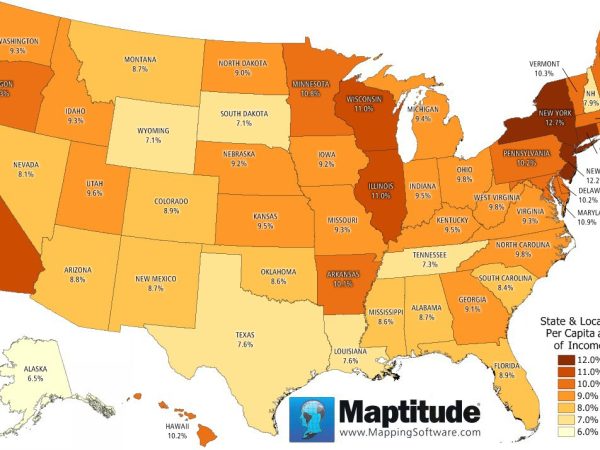Understanding the Distribution Model: Types, Examples & Strategy Guide

A distribution model is the framework a business uses to deliver products or services to end customers. It defines the path goods take—from manufacturer to consumer—and determines how products are stored, transported, and sold. Whether you sell physical products or digital services, your distribution model plays a critical role in your company’s scalability, efficiency, and customer experience.
From Amazon’s complex logistics network to a local bakery’s direct sales, every business uses a form of distribution model—even if they don’t formally define it.
Why the Distribution Model Matters
An optimized distribution model can:
- Reduce costs
- Improve delivery times
- Expand market reach
- Enhance customer satisfaction
- Strengthen competitive advantage
On the other hand, a poor model can result in high overhead, inventory issues, or customer delays.
Types of Distribution Models
There are several types of distribution models depending on the product, target audience, and industry.
Direct Distribution Model
Definition: The business sells directly to the end customer without using intermediaries.
Examples:
- E-commerce websites (e.g., Shopify brands)
- Direct-to-consumer (DTC) brands
- Farmers markets
Pros:
- Higher profit margins
- Greater control over brand and customer experience
- Easier to build customer relationships
Cons:
- Requires more infrastructure (logistics, sales, marketing)
- Slower scaling in physical markets
Indirect Distribution Model
Definition: Products pass through intermediaries like wholesalers, distributors, or retailers before reaching the customer.
Examples:
- Retailers like Walmart, Target
- Distribution via Amazon FBA
- Software sold through resellers
Pros:
- Faster scalability
- Access to existing customer bases
- Reduces in-house logistics
Cons:
- Lower profit margins
- Less control over pricing, branding, and service
Dual Distribution Model
Definition: A mix of direct and indirect methods. Businesses sell directly and through intermediaries.
Examples:
- Apple sells online and through authorized retailers
- Clothing brands with their own store and third-party partners
Pros:
- Maximizes reach
- Offers flexibility
Cons:
- Channel conflict risk
- Complex inventory management
Reverse Distribution Model
Definition: Products flow back from the customer to the manufacturer (e.g., returns, recycling).
Examples:
- Warranty returns for electronics
- Clothing return programs
- eCommerce returns processing
Pros:
- Supports customer satisfaction
- Facilitates sustainability and recycling
Cons:
- Logistically challenging
- Requires robust tracking systems
Choosing the Right Distribution Model
Consider the following when deciding:
Product Type
Perishables or fragile items may benefit from local, direct distribution. Durable goods may work well through wholesalers.
Target Market
Do your customers prefer shopping online, in retail stores, or through B2B vendors?
Geography
Wider regions may benefit from indirect models. Local businesses may find direct delivery or in-store sales more effective.
Scalability Goals
A startup may begin with a direct model, then expand using indirect channels to scale quickly.
Cost Structure
Evaluate whether handling logistics and inventory in-house is more cost-effective than outsourcing.
Modern Trends in Distribution Models
With digital transformation, many companies are evolving traditional distribution strategies. Here are a few trends shaping the market:
- Omnichannel Distribution: Seamless integration across online, mobile, and physical platforms.
- Dropshipping: Selling products without holding inventory, where a third party fulfills orders.
- Third-Party Logistics (3PL): Outsourcing warehousing and shipping to providers like ShipBob, FedEx, or DHL.
- Platform-Based Distribution: Leveraging marketplaces like Amazon, Etsy, or eBay for distribution.
Examples of Distribution Models by Industry
| Industry | Common Distribution Model | Example |
| Apparel | Dual (brand website + retail stores) | Nike, Zara |
| Electronics | Indirect (retailers, distributors) | Samsung, Dell |
| SaaS | Direct (website subscription) | Dropbox, Slack |
| Food & Beverage | Indirect (wholesalers, grocers) | Coca-Cola, Nestlé |
| Health & Wellness | Direct (eCommerce) | Peloton, Ritual |
Key Metrics to Track Distribution Performance
- Order Fulfillment Time
- Inventory Turnover Rate
- Shipping Costs per Order
- Customer Satisfaction Score (CSAT)
- Return Rate
- Gross Margin per Channel
Tracking these KPIs ensures your distribution model aligns with business goals and customer expectations.
Common Distribution Challenges
- High logistics costs
- Inventory overstock or understock
- Supply chain disruptions
- Poor visibility into third-party performance
- Channel conflicts between direct and indirect sales
Solutions: Use ERP and inventory management systems, negotiate better 3PL contracts, and invest in demand forecasting tools.
Conclusion
Your distribution model can make or break your business. Whether you choose direct, indirect, or hybrid strategies, align your model with your product, customer needs, and growth goals. Regularly assess performance, stay updated on logistics trends, and optimize for efficiency and customer satisfaction.
A well-designed distribution model does more than deliver products—it delivers brand experience, trust, and long-term success.
FAQs
1. What is the main purpose of a distribution model?
A distribution model defines how a business delivers its products or services to end users, ensuring efficient delivery, cost control, and customer satisfaction.
2. What’s the difference between direct and indirect distribution?
Direct distribution involves selling straight to the customer, while indirect uses intermediaries like retailers, wholesalers, or distributors.
3. Is dropshipping a distribution model?
Yes, dropshipping is a form of direct distribution where the seller doesn’t keep inventory and a third party ships directly to the customer.
4. Can a company use more than one distribution model?
Absolutely. Many businesses use dual or hybrid distribution strategies to maximize market reach and flexibility.
5. How do I choose the best distribution model for my startup?
Consider your product type, target market, location, budget, and scalability needs. Start simple (often direct) and evolve as your business grows.
Also read: Entrepreneurs Who Want to Open a Franchise: Complete Guide to Franchising Success











